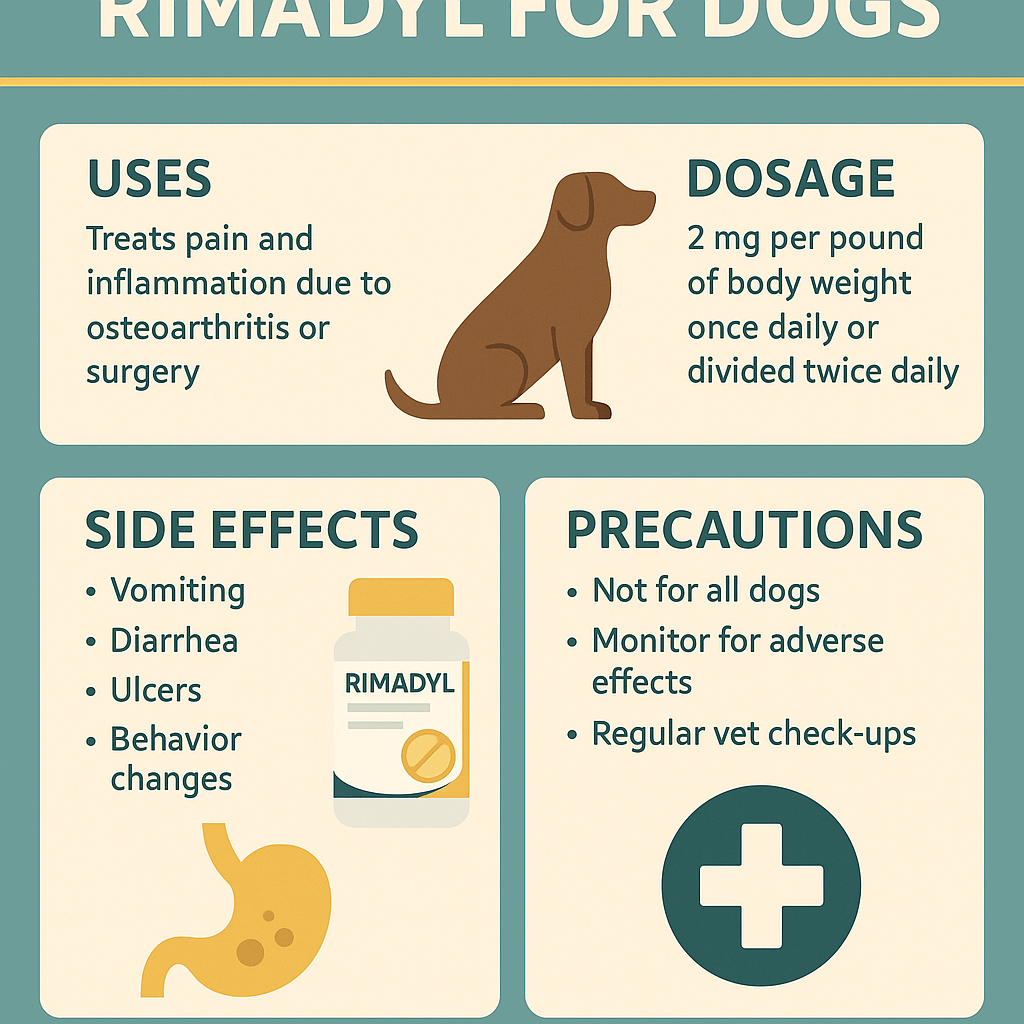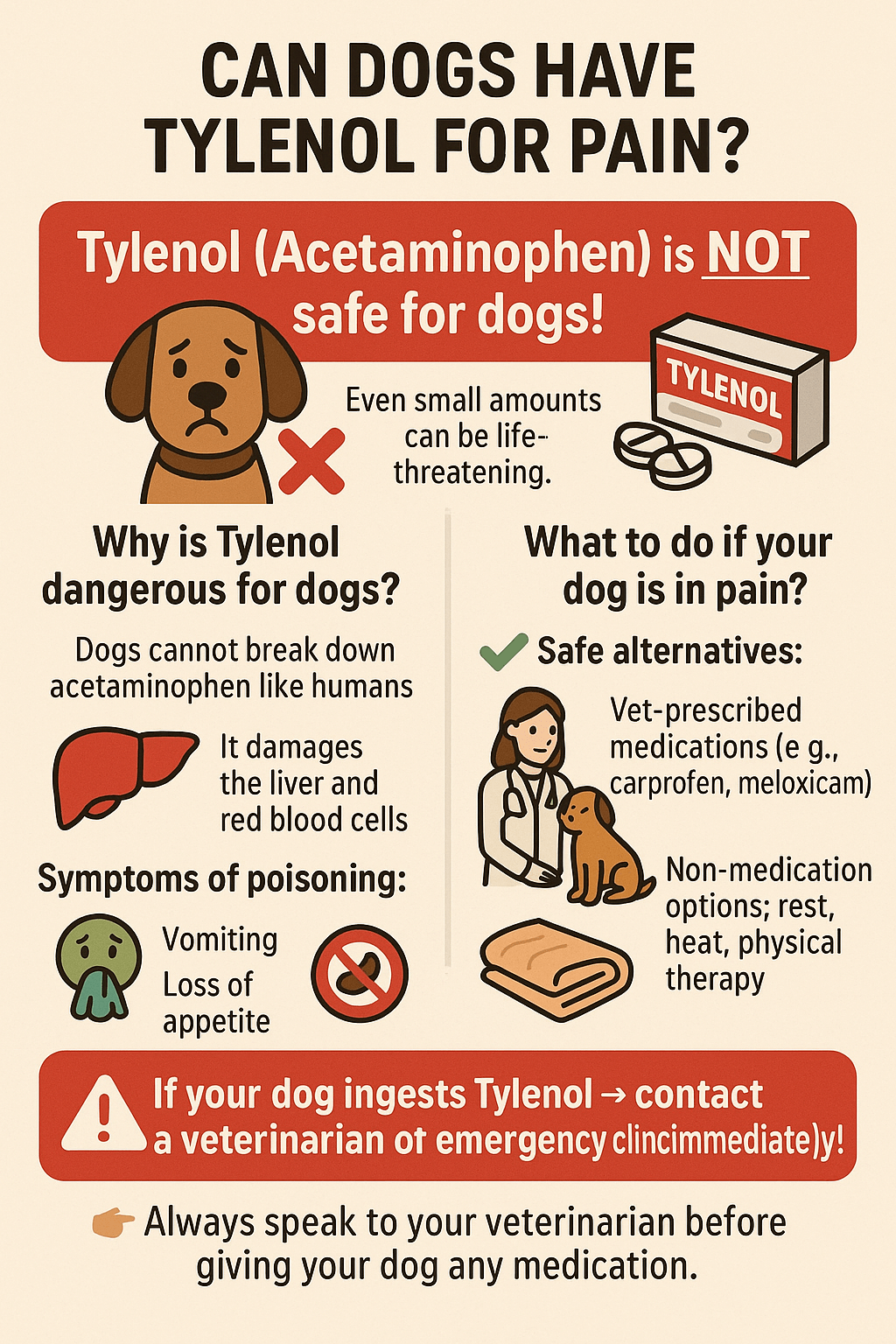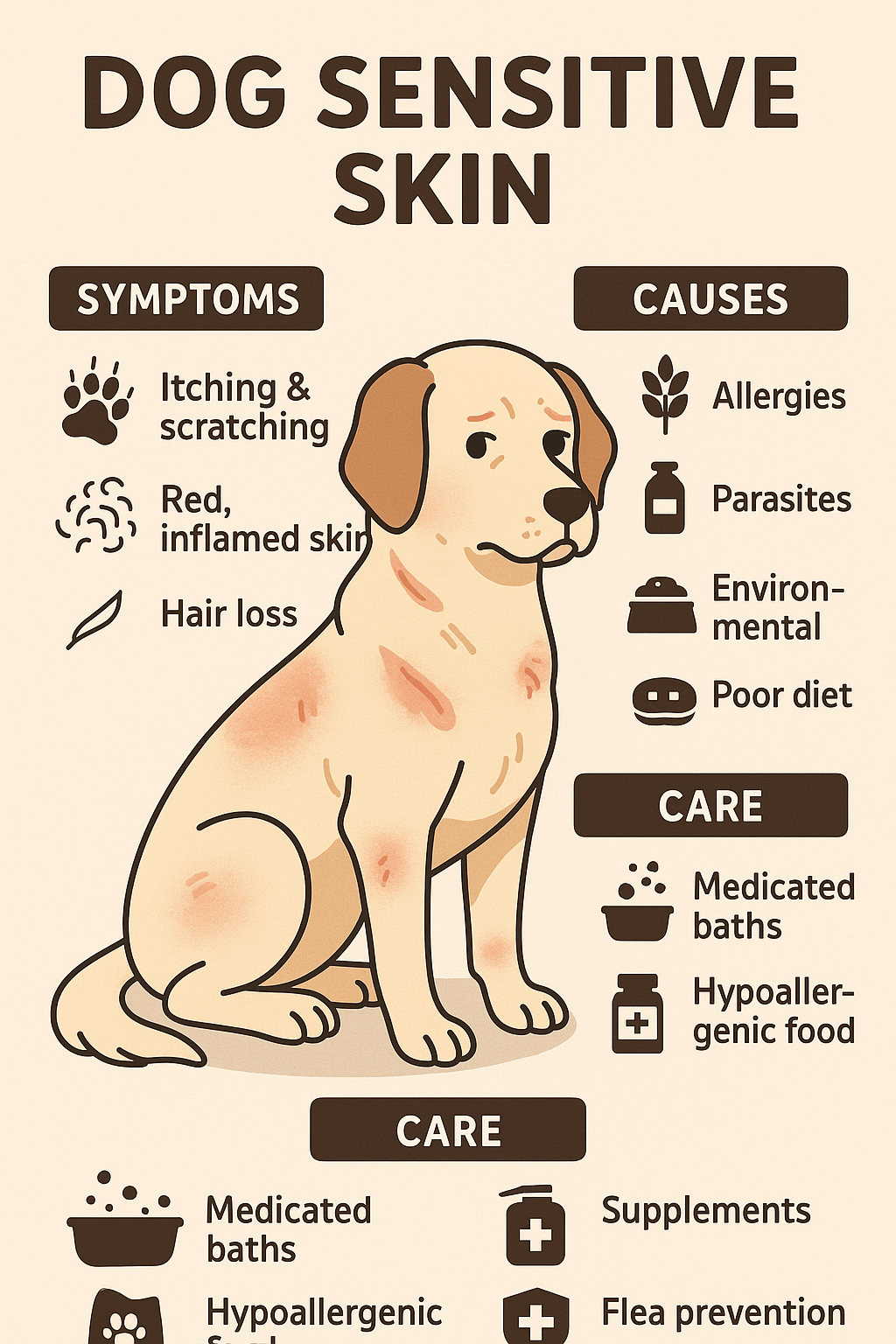Understanding Benign Prostatic Hyperplasia in Dogs: A Guide for Pet Owners
Benign prostatic hyperplasia (BPH) is a common condition that affects older, intact male dogs. It occurs when the prostate gland enlarges due to hormonal changes, leading to discomfort and potential health complications. While BPH is not cancerous, it can significantly impact your dog’s quality of life if left untreated. As a responsible pet owner, it’s important to recognize the signs of this condition, understand its causes, and explore treatment options to ensure your furry friend remains happy and healthy. In this blog post, we’ll delve into everything you need to know about benign prostatic hyperplasia in dogs, from symptoms and diagnosis to management and prevention.
What Is Benign Prostatic Hyperplasia in Dogs? Breaking It Down
Benign prostatic hyperplasia is a non-cancerous enlargement of the prostate gland, commonly seen in older, unneutered male dogs. The prostate gland plays a vital role in reproductive health, but as dogs age, hormonal imbalances can lead to its enlargement. Here’s what you need to know about this condition:
Hormonal Cause: BPH is primarily caused by an imbalance of testosterone and estrogen levels in aging dogs.
Age Factor: The condition typically develops in dogs over the age of five, with the risk increasing as they grow older.
Symptoms Vary: Some dogs may show mild symptoms, while others experience significant discomfort or urinary issues.
Not Cancerous: Unlike prostate cancer, BPH is benign and does not spread to other parts of the body.
Neutering Reduces Risk: Neutering eliminates the hormonal triggers that cause prostate enlargement, making it a preventive measure.
Understanding these basics can help you identify potential risks and take proactive steps to manage your dog’s health.
Signs and Symptoms of Benign Prostatic Hyperplasia in Dogs
Recognizing the signs of BPH early can make a significant difference in your dog’s comfort and treatment outcomes. Here are the most common symptoms to watch for:
Difficulty Urinating: Your dog may strain or take longer to empty their bladder due to prostate enlargement pressing on the urethra.
Blood in Urine or Semen: Discoloration in urine or discharge can indicate irritation or inflammation caused by the enlarged prostate.
Constipation or Straining to Defecate: The swollen prostate can press against the rectum, making bowel movements difficult.
Lethargy or Reduced Activity: Discomfort from BPH may cause your dog to become less energetic or reluctant to engage in physical activities.
Abnormal Gait or Stiffness: Pain or pressure from the enlarged prostate can affect your dog’s movement, leading to stiffness or limping.
If you notice any of these symptoms, consult your veterinarian promptly for a proper diagnosis and treatment plan.
Check this guide 👉The Importance of Dog Gland Expression: Best 7 Tips!
Check this guide 👉Dog Gland Removal: Best 7 Expert Tips!
Check this guide 👉How to Tell if a Dogs Anal Glands Are Full: Best 7 Tips!

Symptoms of BPH in Dogs | Treatment Options |
|---|---|
Difficulty urinating | Neutering to reduce hormonal triggers |
Blood in urine or semen | Medications like Finasteride to shrink the prostate |
Constipation or straining | Anti-inflammatory drugs for pain relief |
Lethargy or reduced activity | Hormonal therapy to balance testosterone |
Abnormal gait or stiffness | Surgery in severe cases to relieve pressure |
Diagnosing Benign Prostatic Hyperplasia in Dogs
Accurate diagnosis is crucial for determining whether your dog has BPH or another condition with similar symptoms. Veterinarians use a combination of methods to confirm the presence of BPH. Here’s how the diagnostic process typically works:
Physical Examination: Your vet will palpate the abdomen to check for prostate enlargement and assess its size and texture.
Urinalysis: A urine sample helps rule out infections or other urinary tract issues that could mimic BPH symptoms.
Blood Tests: These tests evaluate overall health and screen for hormonal imbalances or underlying conditions.
Imaging Techniques: X-rays or ultrasounds provide detailed images of the prostate gland to confirm enlargement and rule out cancer.
Prostate Fluid Analysis: In some cases, fluid samples are collected to test for infection or inflammation.
A thorough diagnostic process ensures your dog receives the appropriate treatment tailored to their specific needs.
Treatment and Management Options for BPH in Dogs
Once diagnosed, there are several ways to manage benign prostatic hyperplasia in dogs. Treatment depends on the severity of the condition and your dog’s overall health. Here are the most common approaches:
Neutering: The most effective long-term solution, as it eliminates the hormonal imbalance causing prostate enlargement.
Medications: Drugs like Finasteride or Delmadinone acetate can reduce prostate size and alleviate symptoms.
Anti-Inflammatory Drugs: Non-steroidal anti-inflammatory drugs (NSAIDs) help manage pain and swelling associated with BPH.
Hormonal Therapy: Supplements or medications that regulate hormone levels may be prescribed in certain cases.
Surgical Intervention: Rarely required, but surgery may be considered if the prostate is severely enlarged or causing complications.
By working closely with your veterinarian, you can choose the best course of action to improve your dog’s quality of life.
How to Reduce the Risk of BPH in Dogs
While benign prostatic hyperplasia is a common condition in older, intact male dogs, there are steps you can take to reduce the likelihood of its development. Prevention is always preferable to managing symptoms later. Here’s what you can do to minimize the risk:
Neuter Early: Neutering your dog at a young age eliminates the hormonal triggers that lead to prostate enlargement.
Regular Veterinary Check-Ups: Routine exams allow your vet to monitor your dog’s prostate health and catch issues early.
Maintain a Healthy Weight: Obesity can exacerbate symptoms of BPH, so ensure your dog stays at a healthy weight through diet and exercise.
Provide Adequate Exercise: Regular physical activity supports overall health and reduces the risk of complications from aging.
Monitor Hormonal Health: If your dog remains intact, discuss hormone management options with your veterinarian to maintain balance.
By taking these preventive measures, you can significantly lower the chances of your dog developing BPH and ensure their well-being as they age.
Exploring Complementary Approaches to Support Your Dog’s Health
In addition to conventional treatments, some pet owners explore alternative therapies to manage the symptoms of benign prostatic hyperplasia. While these should not replace veterinary care, they can complement traditional approaches. Here are some options to consider:
Herbal Supplements: Herbs like saw palmetto or nettle root may help reduce prostate size and alleviate symptoms.
Acupuncture: This ancient practice can help relieve pain and improve circulation in dogs with BPH.
Dietary Adjustments: Adding omega-3 fatty acids or antioxidants to your dog’s diet may reduce inflammation and support prostate health.
Hydrotherapy: Gentle water exercises can ease discomfort and improve mobility in dogs experiencing stiffness or pain.
Massage Therapy: Light massage around the abdominal area may help relax muscles and reduce discomfort caused by an enlarged prostate.
While alternative therapies can be beneficial, always consult your veterinarian before introducing new treatments to ensure they’re safe and appropriate for your dog.
Helping Your Dog Cope with Discomfort and Stress
Living with benign prostatic hyperplasia can be uncomfortable for dogs, and this discomfort may affect their emotional well-being. Providing emotional support is just as important as addressing physical symptoms. Here’s how you can comfort your dog during this time:
Create a Calm Environment: Minimize stressors at home to help your dog feel more relaxed and secure.
Offer Extra Attention: Spend quality time with your dog through gentle play, grooming, or cuddles to reassure them.
Stick to a Routine: Maintaining a predictable schedule helps reduce anxiety and provides a sense of stability.
Use Positive Reinforcement: Reward calm behavior with treats or praise to encourage a positive mindset.
Provide Comfortable Resting Spaces: Ensure your dog has a soft, quiet place to rest and recover from discomfort.
By focusing on your dog’s emotional needs, you can help them feel more at ease and strengthen your bond during challenging times.
Frequently Asked Questions About Benign Prostatic Hyperplasia in Dogs
What causes benign prostatic hyperplasia in dogs?
BPH is caused by hormonal imbalances, particularly elevated estrogen levels relative to testosterone in intact male dogs.
Can neutering prevent BPH?
Yes, neutering eliminates the hormonal triggers that lead to prostate enlargement, effectively preventing BPH.
Is BPH painful for dogs?
While BPH itself is not always painful, the symptoms such as difficulty urinating or constipation can cause discomfort.
How is BPH diagnosed?
Diagnosis involves a physical exam, urinalysis, blood tests, imaging, and sometimes prostate fluid analysis.
Are there home remedies for BPH in dogs?
While lifestyle changes like increased water intake may help, professional veterinary care is essential for managing BPH effectively.
Final Thoughts: Supporting Your Dog Through BPH
Benign prostatic hyperplasia is a manageable condition that many older, intact male dogs experience. By understanding the symptoms, seeking timely veterinary care, and exploring treatment options, you can ensure your dog remains comfortable and happy. Whether through neutering, medication, or other interventions, there are effective ways to address BPH and improve your dog’s quality of life. Remember, your veterinarian is your best resource for guidance and support. With proper care and attention, you can help your furry companion enjoy their golden years free from the discomfort of an enlarged prostate.
Rimadyl for Dogs: Best 7 Expert Tips! Discover expert advice on using Rimadyl safely, managing pain, and improving your dog’s mobility with trusted veterinary insights.
Can Dogs Have Tylenol for Pain? Best 7 Expert Tips! Discover the risks, safe alternatives, and expert advice on managing your dog’s pain effectively while avoiding harmful medications.
Understanding Hemophilia in Dogs: Best 7 Expert Tips! Discover expert advice on managing hemophilia, recognizing symptoms, and ensuring your dog’s well-being with practical care strategies.
Understanding Dog Sensitive Skin: Best 7 Expert Tips! Discover expert advice on managing dog sensitive skin, relieving irritation, and improving your pup’s comfort with practical solutions.





